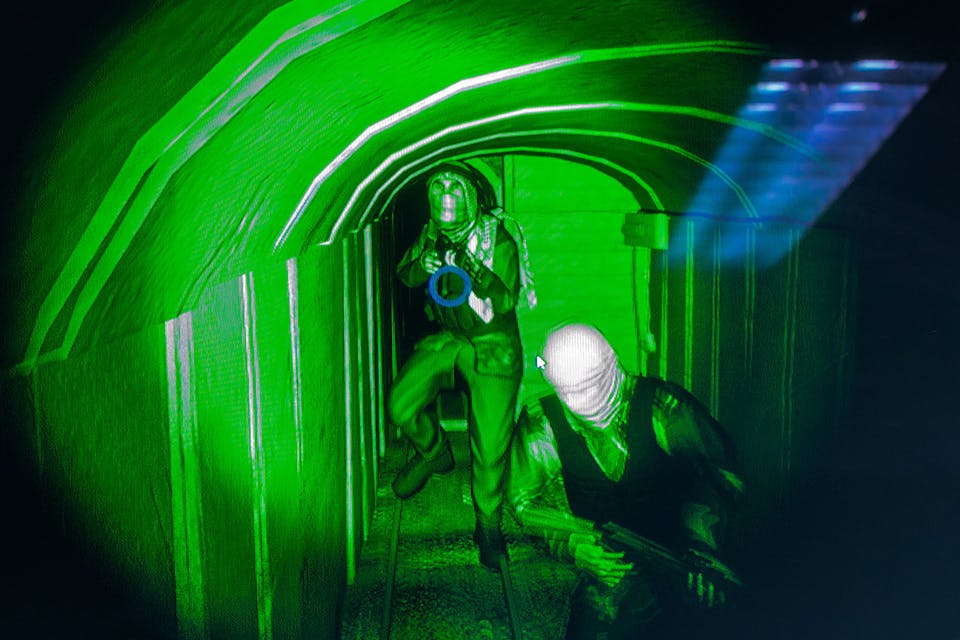
October 23, 2023
The Social-Media War
For most onlookers, Hamas’s atrocities and Israel’s responses exist primarily as they appear online. What effect will that have on each side—and on the platforms themselves?
When the sirens rang out on the morning of Simchat Torah, October 7, many Israelis turned on their televisions and radios to find out what had happened; some checked the major news websites on their phones. They saw reports of a massive Hamas rocket barrage from Gaza, alongside rumors of possible Hamas infiltration across the border.
Others, though, checked the popular messaging app Telegram, where large channels share breaking news every few minutes. Despite official-sounding names like Latest News Israel or Voice of the News Telegram, these groups are often run anonymously and share legitimate news stories alongside unverified rumors and videos from members of the public. For much of the day, these groups were ahead of the official news, unburdened by Israel’s strict military censorship laws. The people following the Telegram channels knew the disaster was much worse than was being reported.
By the afternoon, videos of the attacks began to appear in Hamas-affiliated Telegram channels too, recorded by the terrorists themselves as they burst into kibbutzim, villages, and the Nova music festival, killing and kidnapping.
Responses to October ’s Essay
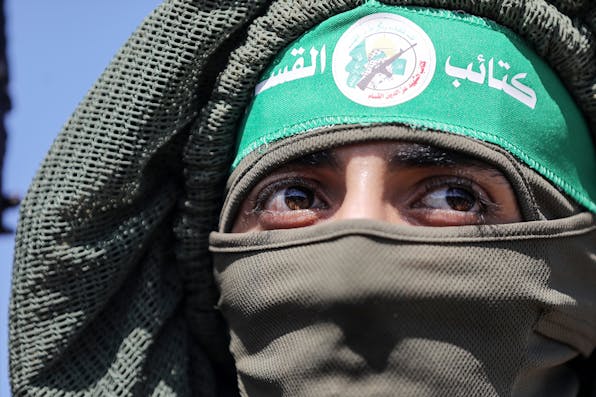
October 2023
Hamas’s Messianic Violence
By Hussein Aboubakr Mansour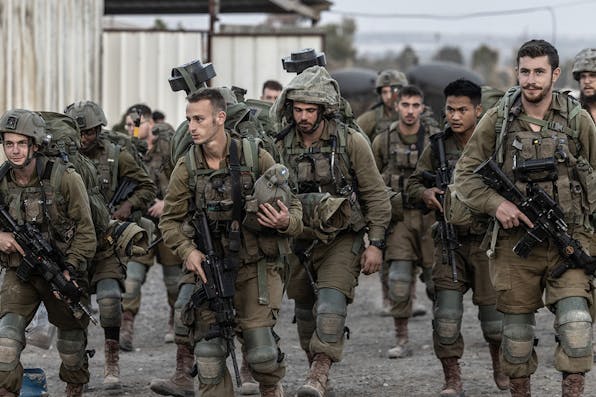
October 2023
The Whole Middle East Is Counting on Israel to Destroy Hamas
By Evelyn Gordon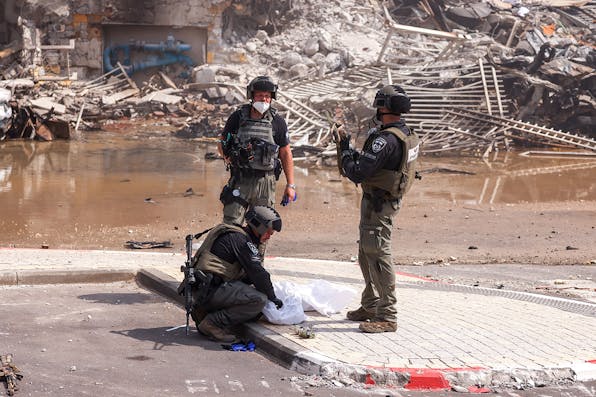
October 2023
“OK, So I’ll Tell You What Happened This Saturday from My Perspective.”
By Namer
October 2023
Israel’s Outside-the-Box Options
By Aaron MacLean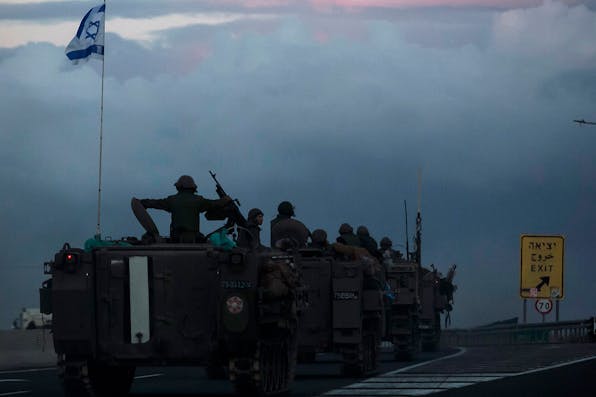
October 2023
The Cost of Strong American Support at the Start of the War
By Jonathan Schachter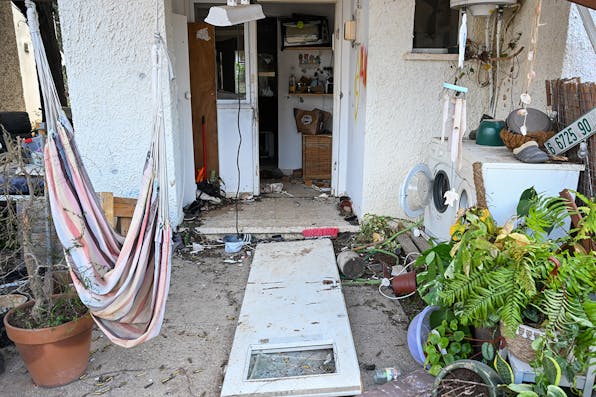
October 2023
The Death of Evidence-Based Two-Statism
By Rafi DeMogge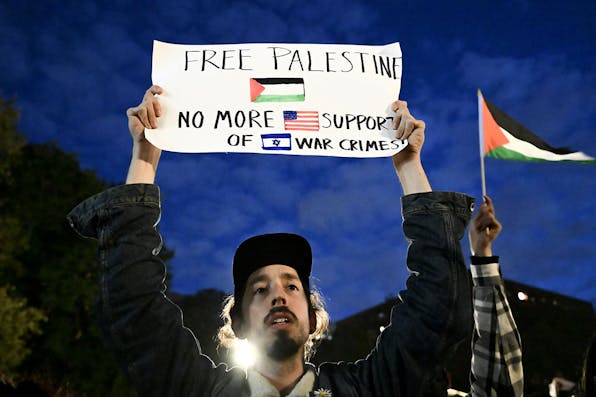
October 2023
Israel’s Existential Struggle Is Also the West’s
By Arthur Herman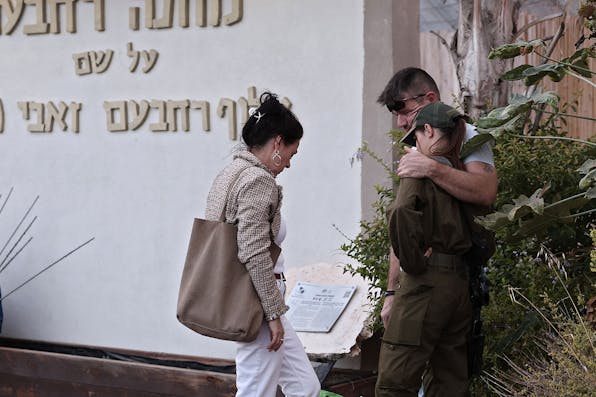
October 2023
“Now We Act as If Everyone We Encounter Might Be Grieving”
By Sarah Rindner
October 2023
America Can No Longer Wait to Put Its Own House in Order
By Stephen Peter Rosen
October 2023
The Social-Media War
By Arieh Kovler
October 2023
The Extremist’s Gambit Helps Explain Why Hamas Attacked Now
By Tanner Greer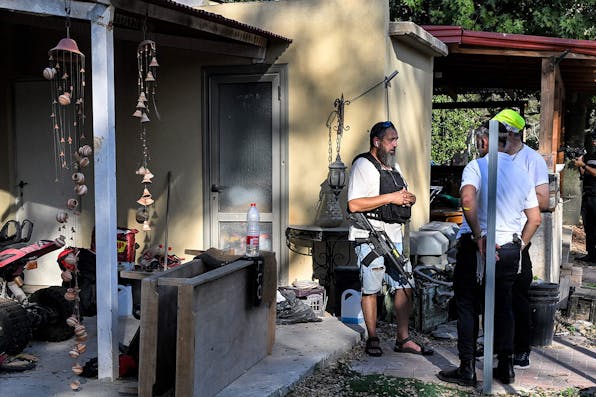
October 2023
Left, Right, Haredi: Three Great Awakenings of the Gaza War
By Yehoshua Pfeffer
October 2023
“Today the Jews. Tomorrow You.”
By Andrew Doran